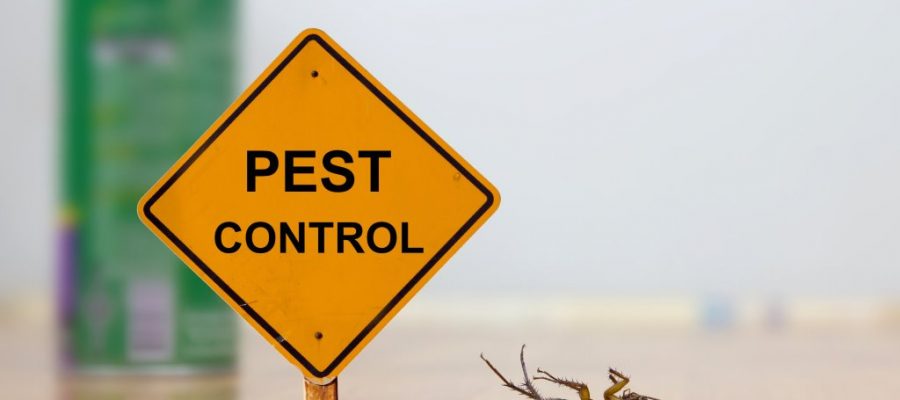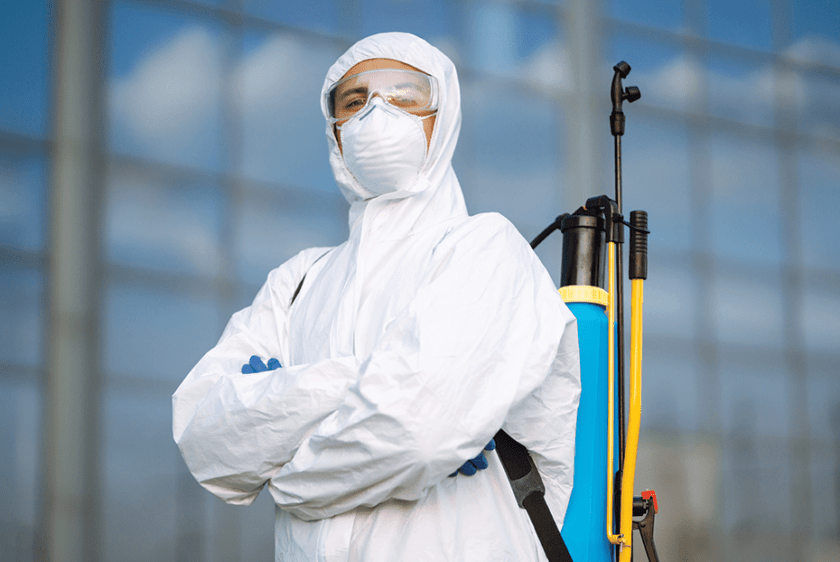Reliable Pest Control to remove pests, rats, and termites permanently.
Eco-Friendly Parasite Control Approaches for Managing Wildlife in Urban Locations
Urban locations frequently discover themselves at the crossway of human activity and wildlife, bring about one-of-a-kind obstacles in insect administration. Environment-friendly approaches stress lasting coexistence, using methods such as habitat alteration and natural repellents to alleviate human-wildlife conflicts. These techniques not just shield the atmosphere yet likewise improve area engagement in wild animals management. As metropolitan populations remain to expand, recognizing the characteristics of wildlife communications ends up being increasingly critical. What innovative techniques can be implemented to make sure both environmental balance and city safety? Discovering this inquiry exposes an engaging landscape of prospective services.
Understanding Urban Wild Animals Characteristics
Recognizing Urban Wild animals Dynamics is important for creating efficient and eco-friendly pest control techniques. Urban areas are progressively coming to be habitats for various wild animals types, driven by factors such as environment fragmentation, food accessibility, and human advancement. Identifying these dynamics permits a nuanced approach to pest administration that aligns with environmental concepts.
Urban wildlife frequently consists of species such as raccoons, squirrels, and birds, which adjust to city settings, discovering particular niches in environment-friendly spaces, parks, and even houses. Their presence can bring about problems with people, specifically when they manipulate human sources for food and shelter. Comprehending the actions and ecological roles of these species informs approaches that lessen negative interactions while promoting biodiversity.
In addition, recognizing the interdependencies within city ecological communities assists in recognizing crucial areas for habitat preservation and restoration. This knowledge adds to the advancement of incorporated pest administration (IPM) methods that think about the eco-friendly equilibrium, therefore decreasing dependence on unsafe chemicals. By promoting conjunction in between people and city wildlife, cities can develop much healthier settings that benefit both citizens and neighborhood environments, leading the way for lasting city living.
Natural Repellents and Deterrents
All-natural repellents and deterrents provide a sustainable option to conventional pest control approaches by utilizing the power of nature to keep undesirable types away. These green remedies typically utilize plant-based components, crucial oils, and other normally happening materials that discourage bugs without damaging the atmosphere.
One effective all-natural repellent is peppermint oil, which is known to drive away rats and pests. Its strong fragrance is unpleasant to lots of insects, making it a preferred selection for metropolitan setups. Vinegar and citrus peels can offer as deterrents, as their solid smells are normally unappealing to different wildlife.
In addition, diatomaceous planet is a natural powder that can be spread in areas vulnerable to pest activity, successfully dehydrating and discouraging bugs without posturing risks to non-target types. Furthermore, garlic sprays and neem oil are identified for their capacity to fend off a wide variety of insects, including both pests and bigger website here wild animals.
Carrying out these all-natural repellents not only lowers reliance on chemical pesticides yet additionally promotes a healthier city community, cultivating a more well balanced coexistence between humans and wildlife. By making use of these strategies, metropolitan locations can successfully take care of bug populations while decreasing environmental effect.
Environment Modification Strategies
Effective environment adjustment techniques play a critical role in sustainable pest management by modifying the setting to make it much less for pest infestations. By understanding the eco-friendly characteristics of city locations, building owners can apply strategic alterations that discourage bugs while promoting biodiversity.
(Silverfish control Port Charlotte)One main technique includes maintaining correct hygiene. This includes routine waste removal, securing garbage can, and eliminating standing water to minimize breeding sites for bugs and rats. In addition, landscaping techniques such as picking indigenous plants can enhance environmental equilibrium, supplying habitats for beneficial organisms while decreasing resources for bugs.
Another vital approach is to seal entry points in buildings. Inspecting and repairing splits in foundations, walls, and windows can considerably minimize parasite gain access to. Developing physical barriers, such as fences or plant buffers, can prevent wild animals movement right into human-inhabited locations.
Integrated Insect Monitoring Practices
Structure upon environment alteration strategies, incorporated parasite management (IPM) methods offer an all natural technique to managing parasite populaces while reducing ecological effect. IPM incorporates various methods, including organic, cultural, mechanical, and chemical controls, to attain effective parasite management.
Biological control includes the introduction of all-natural killers or parasites to lower pest populations. Social practices, such as crop turning and cleanliness, disrupt pest life cycles and reduce their environments - Pest control service. Mechanical controls, like catches and barriers, give immediate remedy for insect stress without chemical treatment
Chemical controls are used as a last option, concentrating on targeted applications that limit injury to non-target species and the environment. The selection of eco-friendly pesticides, when required, is essential to the IPM structure. Furthermore, keeping track of bug populations and assessing possible damages helps educate decision-making, ensuring that treatments are prompt and reliable.
Neighborhood Participation and Education And Learning

(Barn Fly Control)Workshops and informational sessions can furnish citizens with expertise about native types, habitat conservation, and effective non-toxic bug monitoring strategies. Collaboration with colleges, regional organizations, and government agencies further boosts instructional outreach, making sure that necessary info gets to varied audiences.
In addition, community-led initiatives, such as neighborhood clean-up days and environment reconstruction projects, not only advertise biodiversity yet likewise strengthen area connections. Pest Control. By urging homeowners to share their experiences and observations, communities can create targeted methods that deal with specific regional insect concerns
Integrating feedback from homeowners into parasite administration plans allows a more receptive and flexible strategy to wildlife obstacles. Eventually, educated and engaged areas are essential to attaining long-term success in eco-friendly bug control, leading to much healthier urban atmospheres that value both human and environmental demands.

Final Thought
In verdict, environmentally friendly insect control approaches offer sustainable remedies for taking care of city wild animals. By focusing on habitat alteration, making use of natural repellents, and implementing incorporated bug management methods, neighborhoods can promote a harmonious conjunction with regional animals.